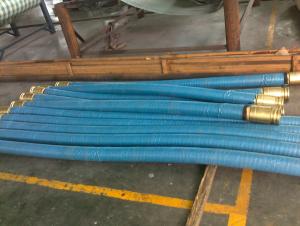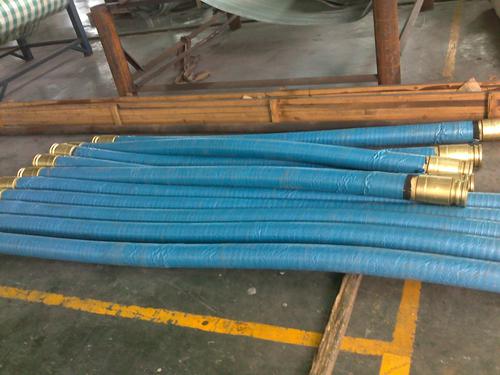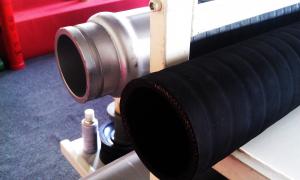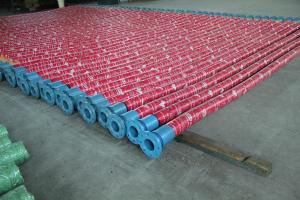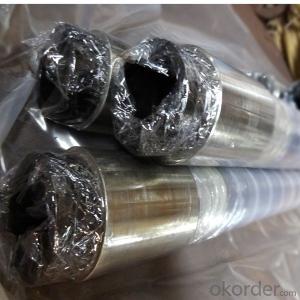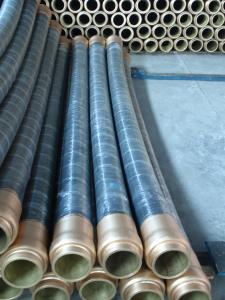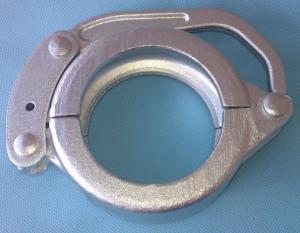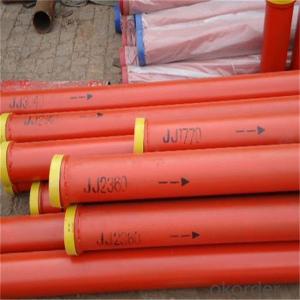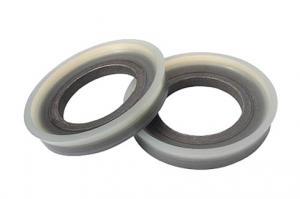Concrete Pump Rubber End Hose DN64
- Loading Port:
- China Main Port
- Payment Terms:
- TT OR LC
- Min Order Qty:
- -
- Supply Capability:
- -
OKorder Service Pledge
OKorder Financial Service
You Might Also Like
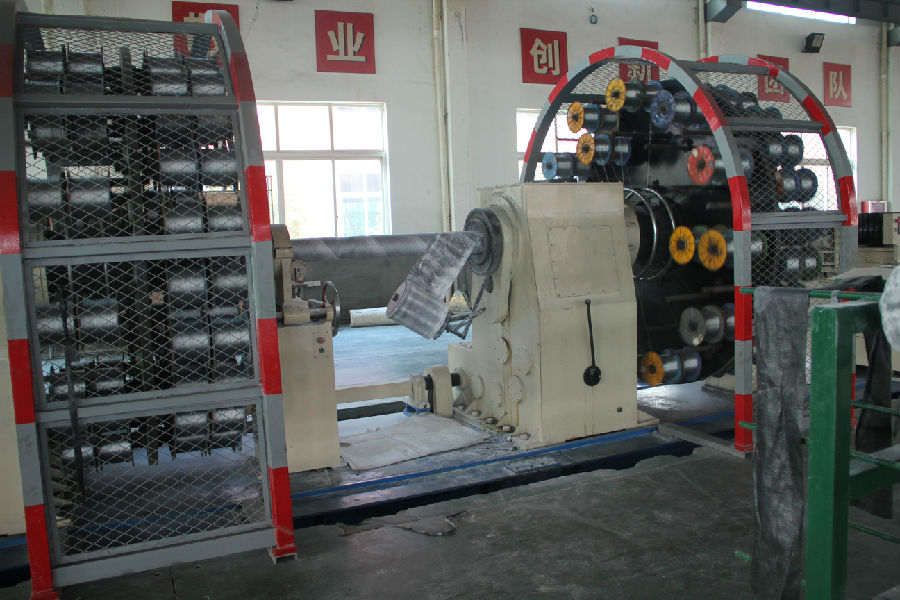
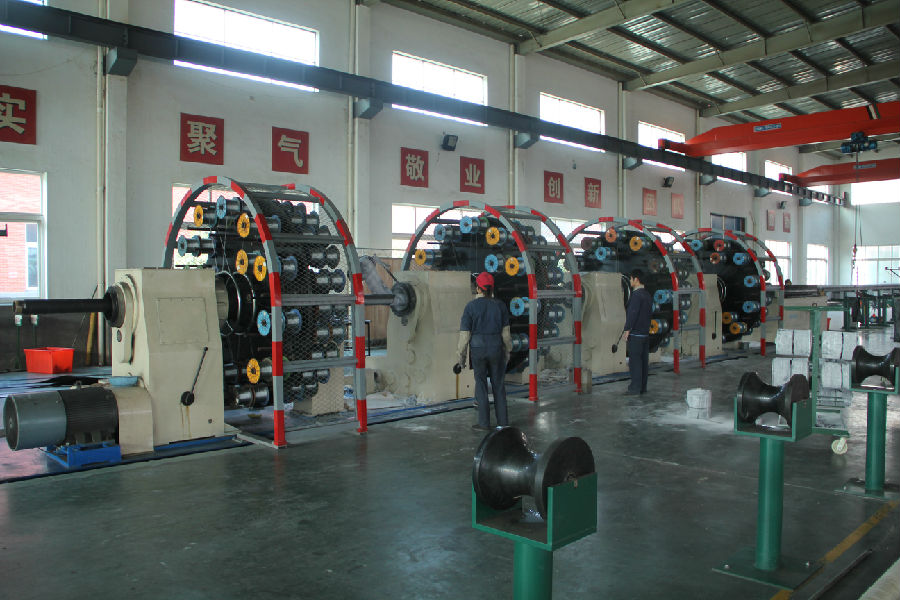
Specifications
Dn64 concrete pump rubber hose1.Size:2.5 inch
2.Steel hose
3.2 or 4 piles of steel wires for your choose.
DN64 CONCRETE PUMP RUBBER HOSE
1.Work Pressure:85~1250(BAR/PSI)
2.Burst Pressure:200 to 2940(BAR/PSI)
3.Working life:20000m³
4.The inside of hose is high abrasion resistant.
5.Integrated hose end and inner wall harden,prolong work life.
Relevant Information:
Name | Concrete rubber hose; Delivery hose; End hose; Concrete pump hose; Boom hose |
Size | 2"/2.5"/3"/3.5"/4"/4.5"/5"/6"or according to client’s requirement |
Length | 3M,5 or Any length |
Reinforcement | Steel wire, tire cord or fabric |
Hose End | Galvanized, inner wall harden |
Application | Schwing, Putzmeister, Sany, Zoomlion, etc |
- Q: Can I get spare parts for concrete pump hydraulic cylinders and valves?
- Yes, you can definitely get spare parts for concrete pump hydraulic cylinders and valves. There are numerous companies and suppliers that specialize in providing spare parts for construction equipment, including hydraulic cylinders and valves for concrete pumps. These spare parts can be easily sourced online or through local distributors. It is important to ensure that you provide accurate information about the make and model of your concrete pump to ensure compatibility and proper functioning of the spare parts. Additionally, it is advisable to choose reputable suppliers who offer high-quality, genuine spare parts to guarantee optimal performance and durability.
- Q: Are there any maintenance tips to extend the lifespan of concrete pump spare parts?
- Concrete pump spare parts can have their lifespan extended by implementing several maintenance tips. Cleaning the spare parts regularly to remove dirt, debris, and concrete buildup is essential. This can be achieved by using a brush, water, and mild detergent. The cleaning process helps prevent corrosion and ensures smooth operation. Proper lubrication of the moving parts is crucial to reduce friction and wear. It is important to adhere to the manufacturer's recommendations for lubrication intervals and use high-quality lubricants. The lubrication points should be inspected regularly, and any worn-out or damaged lubrication components should be replaced. Regular inspections of all spare parts are necessary to identify any signs of wear, damage, or misalignment. Any issues that are identified should be promptly repaired or replaced. Moreover, following the maintenance schedule provided by the manufacturer is essential to address any potential problems before they escalate. When the spare parts are not in use, they should be stored in a clean and dry environment to prevent rust and corrosion. Protection from extreme temperatures, moisture, and direct sunlight is also important. Additionally, the spare parts should be stored in a way that prevents any damage or deformation. Using the concrete pump in accordance with the manufacturer's guidelines is crucial. Overloading, excessive pressure, or improper operation can lead to premature wear and damage to the spare parts. Proper training should be provided to the operators to ensure they understand the correct usage techniques. Furthermore, regular maintenance of the concrete pump itself is important. This includes cleaning, lubrication, and inspections. By addressing any potential issues, the lifespan of the spare parts can be prolonged. By adhering to these maintenance tips, the need for frequent replacements of concrete pump spare parts can be reduced, resulting in long-term cost savings.
- Q: What is the function of a concrete pump hopper grate pin?
- The function of a concrete pump hopper grate pin is to securely hold the grate in place, preventing it from shifting or becoming dislodged during the concrete pumping process.
- Q: How often should concrete pump pressure gauges be inspected and replaced?
- Concrete pump pressure gauges should be inspected and replaced on a regular basis, ideally every six months or as recommended by the manufacturer. Regular inspections help ensure accurate pressure readings and prevent potential accidents or malfunctions due to faulty gauges.
- Q: How can you determine when a concrete pump hose needs to be replaced?
- There are several indicators that can help determine when a concrete pump hose needs to be replaced: 1. Visual inspection: Regularly inspect the hose for any signs of wear and tear. Look for cracks, cuts, abrasions, or bulges on the surface. If you notice any significant damage, it is a clear indication that the hose needs to be replaced. 2. Leaks: Check for any leaks in the hose. If you notice any fluid leaking from the hose, it can be a sign of deterioration or damage. Even small leaks should not be ignored as they can compromise the efficiency and safety of the concrete pumping process. 3. Reduced performance: Pay attention to any changes in the pump's performance. If you observe a decrease in the pumping pressure or flow rate, it may be due to a worn-out hose. The hose may have become stretched or worn internally, reducing its effectiveness. 4. Age and usage: Consider the age of the hose and the frequency of its usage. Over time, concrete pump hoses can deteriorate due to exposure to chemicals, weather conditions, and the constant pressure they are subjected to during operation. If the hose is older or has been used extensively, it may be nearing the end of its lifespan. 5. Manufacturer's recommendations: Consult the manufacturer's recommendations regarding the lifespan or replacement intervals for the concrete pump hose. Manufacturers often provide guidelines on when hoses should be replaced based on their specific materials and construction. Ultimately, it is crucial to prioritize safety and reliability when determining whether to replace a concrete pump hose. If there are any doubts about the integrity of the hose, it is best to err on the side of caution and replace it to avoid potential accidents or disruptions in the concrete pumping process.
- Q: What is the purpose of a concrete pump remote control battery?
- The purpose of a concrete pump remote control battery is to provide power and mobility for the remote control device used to operate a concrete pump. The remote control allows the operator to conveniently control the movements and functions of the concrete pump from a distance, without having to be physically present at the pump itself. The battery supplies the necessary electrical energy to the remote control, enabling it to transmit signals and commands wirelessly to the concrete pump. This allows for greater flexibility and ease of operation, as the operator can move around the construction site while maintaining control over the concrete pump. The battery also ensures uninterrupted operation of the remote control, allowing for efficient and accurate control of the concrete pump's functions.
- Q: How often should hydraulic pumps be inspected or replaced in a concrete pump?
- Hydraulic pumps in a concrete pump should be inspected regularly, ideally every 500 hours of operation or at least once a year. However, the frequency of replacement depends on various factors such as the quality of the pump, maintenance practices, and the intensity of use. It is crucial to monitor the pump's performance, fluid levels, and any signs of wear or damage to determine if replacement is necessary.
- Q: Are there any specific guidelines for the storage and handling of concrete pump spare parts during transportation?
- Yes, there are specific guidelines for the storage and handling of concrete pump spare parts during transportation. These guidelines include ensuring proper packaging and labeling of the spare parts, using appropriate containers or packaging materials to protect them from damage, securely fastening and securing the spare parts to prevent movement during transit, and following any specific instructions provided by the manufacturer for handling and storing the spare parts. It is also important to consider factors such as temperature, humidity, and potential hazards during transportation to ensure the integrity and quality of the spare parts.
- Q: How often should the concrete pump cylinder be replaced?
- The frequency at which the concrete pump cylinder needs to be replaced depends on various factors such as the amount of usage, the quality of concrete being pumped, and the maintenance and care given to the pump. Typically, a concrete pump cylinder can last for several years if properly maintained and serviced regularly. However, it is recommended to inspect the cylinder for signs of wear and tear on a regular basis and replace it whenever there are noticeable signs of damage or deterioration. It is always better to be proactive and replace the cylinder before it fails completely to avoid any potential accidents or disruptions in the pumping process. Ultimately, it is best to consult the manufacturer's guidelines and recommendations regarding the replacement interval for the specific make and model of the concrete pump cylinder being used.
- Q: Are there any specific quality control measures for the production of concrete pump spare parts?
- Yes, there are specific quality control measures for the production of concrete pump spare parts. These measures include rigorous inspection and testing processes at various stages of production to ensure that the spare parts meet the required specifications and standards. The quality control measures may involve dimensional checks, material testing, performance evaluation, and adherence to industry regulations. Additionally, manufacturers may implement quality management systems, such as ISO 9001, to maintain consistent quality and continuous improvement in the production of concrete pump spare parts.
Send your message to us
Concrete Pump Rubber End Hose DN64
- Loading Port:
- China Main Port
- Payment Terms:
- TT OR LC
- Min Order Qty:
- -
- Supply Capability:
- -
OKorder Service Pledge
OKorder Financial Service
Similar products
Hot products
Hot Searches
Related keywords
